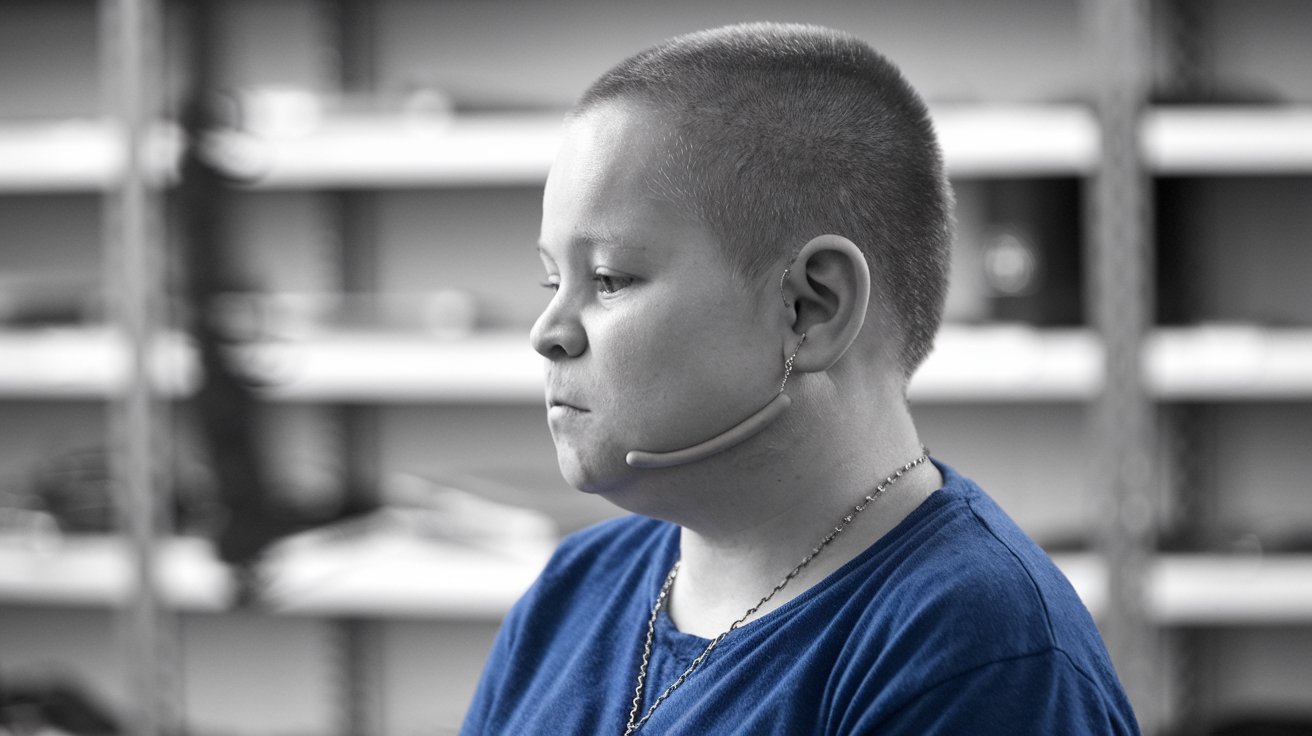
Osteodysplastic Dwarfism Corsello Type is a rare genetic disorder that affects bone growth, leading to short stature and skeletal abnormalities. This condition is named after Dr. Corsello, who first described it. People with this disorder often have distinctive facial features, such as a prominent forehead and a flattened bridge of the nose. Osteodysplastic Dwarfism Corsello Type can also cause joint problems and other health issues. Understanding this condition is crucial for early diagnosis and management. In this post, we'll explore 25 facts about Osteodysplastic Dwarfism Corsello Type to help you better understand its impact and the challenges faced by those living with it.
Key Takeaways:
- Osteodysplastic Dwarfism Corsello Type is a rare genetic disorder causing short stature and bone abnormalities. Treatment includes physical therapy, surgery, and growth hormone therapy to manage symptoms and improve quality of life.
- Individuals with Osteodysplastic Dwarfism Corsello Type may face challenges in daily life, including educational and social support needs, mental health support, and the importance of family and community resources for care and emotional support.
What is Osteodysplastic Dwarfism Corsello Type?
Osteodysplastic Dwarfism Corsello Type is a rare genetic disorder characterized by abnormal bone growth, leading to short stature and skeletal abnormalities. This condition affects various parts of the body and can present a range of symptoms. Here are some fascinating facts about this unique condition.
-
Genetic Origin: This disorder is caused by mutations in specific genes responsible for bone development.
-
Rare Condition: Only a few cases have been documented worldwide, making it an extremely rare condition.
-
Short Stature: Individuals with this condition typically have a significantly shorter stature compared to their peers.
-
Bone Abnormalities: The disorder leads to various skeletal abnormalities, including irregular bone growth and deformities.
-
Facial Features: Distinct facial features, such as a prominent forehead and a flattened nasal bridge, are common.
Symptoms and Diagnosis
Understanding the symptoms and how this condition is diagnosed can help in early detection and management.
-
Delayed Growth: Children with this condition often experience delayed growth and development milestones.
-
Joint Issues: Joint pain and stiffness are common due to abnormal bone growth.
-
X-ray Diagnosis: X-rays are typically used to identify characteristic bone abnormalities for diagnosis.
-
Genetic Testing: Genetic testing can confirm the presence of mutations associated with the disorder.
-
Hearing Loss: Some individuals may experience hearing loss due to structural abnormalities in the ear.
Treatment and Management
While there is no cure, various treatments can help manage symptoms and improve quality of life.
-
Physical Therapy: Regular physical therapy can help improve mobility and reduce joint pain.
-
Surgical Interventions: In some cases, surgery may be necessary to correct severe bone deformities.
-
Growth Hormones: Growth hormone therapy might be considered to help increase height.
-
Pain Management: Medications and other therapies can help manage chronic pain associated with the condition.
-
Assistive Devices: Devices like braces or wheelchairs can aid mobility and independence.
Impact on Daily Life
Living with Osteodysplastic Dwarfism Corsello Type can present unique challenges and require specific adaptations.
-
Educational Support: Children may need special educational support to accommodate physical limitations.
-
Social Challenges: Social interactions can be challenging due to physical differences and mobility issues.
-
Mental Health: Psychological support is crucial to help individuals cope with the emotional impact of the condition.
-
Family Support: Families play a vital role in providing care and emotional support.
-
Community Resources: Access to community resources and support groups can be beneficial.
Research and Future Directions
Ongoing research aims to better understand the condition and develop new treatments.
-
Genetic Research: Scientists are studying the genetic mutations involved to find potential treatments.
-
Clinical Trials: Clinical trials are being conducted to test new therapies and interventions.
-
Patient Registries: Patient registries help collect data to improve understanding and management of the condition.
-
Awareness Campaigns: Raising awareness can help improve diagnosis and support for affected individuals.
-
Future Therapies: Advances in gene therapy and other treatments offer hope for future breakthroughs.
Final Thoughts on Osteodysplastic Dwarfism Corsello Type
Understanding Osteodysplastic Dwarfism Corsello Type helps shed light on this rare condition. It's crucial to recognize the genetic factors and symptoms that define it. Early diagnosis and intervention can significantly improve the quality of life for those affected. While there’s no cure, supportive treatments and therapies can manage symptoms and complications.
Raising awareness about this condition can lead to better support systems and resources for families. If you or someone you know is affected, seeking advice from medical professionals and connecting with support groups can make a big difference.
Knowledge empowers us to provide better care and understanding for those living with this condition. Stay informed, stay supportive, and let’s continue to advocate for those with Osteodysplastic Dwarfism Corsello Type.
Frequently Asked Questions
Was this page helpful?
Our commitment to delivering trustworthy and engaging content is at the heart of what we do. Each fact on our site is contributed by real users like you, bringing a wealth of diverse insights and information. To ensure the highest standards of accuracy and reliability, our dedicated editors meticulously review each submission. This process guarantees that the facts we share are not only fascinating but also credible. Trust in our commitment to quality and authenticity as you explore and learn with us.
